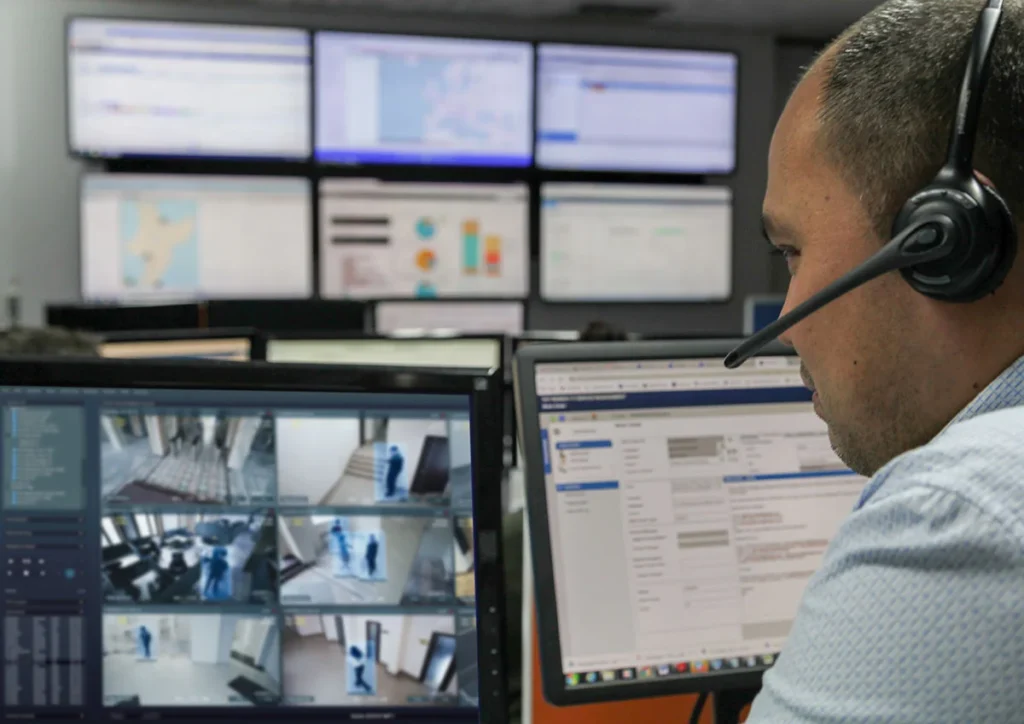Most industry experts agreed that over time, LMR technology would quickly become obsolete in the world of critical communications, citing that evolutions brought about by broadband enablement, and LTE/5G networks would remove the need for such communications. Today we dive into how we can marry various technologies to continue advancing the progress of critical communications networks.

In 2017 when AT&T won the 25-year contract with the FirstNet Authority to build a nationwide public safety broadband network in the United States using 20 MHz of 700 MHz band 14 spectrum, I was the editor of an industry magazine. We conducted a survey of our readers, who were communications managers at organizations that use critical communications networks, along with mobile radio dealers and distributors.
One of the questions in that survey was “When will commercial LTE/5G networks replace LMR networks?” Most respondents answered “within 10 years” or “within 20 years.” When the same magazine asked the same question in 2022, the percentage of respondents that answered “never” was the highest response, followed by “within 10 years,” and “within 20 years.”

When FirstNet was just beginning to roll out in 2017, most industry experts agreed the years of LMR technology were numbered. After the U.S. legislation that created FirstNet was passed in 2012 until the COVID-19 pandemic hit in 2020, it was difficult for public-safety agencies and other organizations to secure funding and budgets for new mobile radio technology purchases. Many local and state leaders, politicians, and commercial wireless industry executives touted the eventual complete evolution of all mission-critical communications to commercial broadband technology. In addition to FirstNet, U.K. leaders were planning the transition of the country’s nationwide TETRA network to the LTE-based Emergency Services Network (ESN) using EE’s commercial mobile network. South Korea was deploying SafeNet, its nationwide LTE public safety network, and other countries began to plan their own migration paths to LTE and 5G technology.
Over time and particularly during the pandemic, many leaders came to realize that it is not easy to address all mission-critical requirements with commercial services and technologies. Requirements around reliability, coverage, local control, and budgets often dictate mobile radio and associated technologies.
Hindsight is 20-20 of course, and we know today that LMR and broadband will co-exist for the foreseeable future. And while we cannot forget the importance of mission-critical voice, the adoption of broadband technology is not questioned either. The main difficulty is how we marry the two in lifesaving, cost-efficient, user-friendly, and productive ways.

New Zealand has established a roadmap for public-safety communications based on its learnings from the United States, the United Kingdom, South Korea, and other countries. TJ Kennedy, former president of the FirstNet Authority, serves on the board of New Zealand’s Next Generation Critical Communications (NGCC) and offers this overview of the nationwide Public Safety Network (PSN), currently being deployed. The PSN includes the buildout of a nationwide P25 network from Tait Communications, LTE coverage from several commercial mobile operators, and personal alerting capabilities.
The PSN will continue to evolve just as first responder requirements evolve. Critical communications users require enhanced situational awareness, in-building and coverage enhancements, multimedia capabilities, unmanned aircraft systems (UAS), IoT devices and data, automation and more. To be most useful, this technology must be integrated into a command center and easily viewable and sharable.

To that end, Tait Communications announced a new exclusive North American partnership with Frequentis last month. The Frequentis LifeX console platform, used broadly throughout many countries, represents a disruptive approach by seamlessly integrating various mission-critical communications technologies. The multimedia platform brings the efficiency, effectiveness, and capabilities of control room operations to a new level.
Partnerships with companies with varied core competencies will be critical to addressing additional new user requirements, particularly around mission critical broadband services (MCX) and the Interworking Function (IWF) between MCX and LMR. The industry is working hard and putting a great deal of effort into addressing all the hurdles, while learning from past mistakes.
In the end, the mission-critical communications industry is complex. Partners from the wireless industry, the IT arena, and cloud environments should not underestimate this industry. It is not plug and play, and it is not easy to fulfill all mission-critical communications requirements. There is a reason the industry developed LMR technologies, standards, and devices, but that is not to say critical communications cannot learn and improve through commercial wireless partners.
Tait Communications will continue to adhere to our principles of open standards, flexibility, and prioritizing customer requirements. We want to help educate and nurture our customers and partners, continuing to serve as a trusted advisor as we have for decades.
We would like to hear more from our customers — what do you need? What would make your daily communications easier and more seamless? What is missing for incident commanders and other users at an incident scene? Communicate your thoughts at ideas@taitcommunications.com.
We go beyond for a safer world.
Blog authored by: Sandra Wendelken – Market Insights Manager | Tait Communications
Read the previous Tait Talks: BAPCO 2024 – An Exemplary Event for Public Safety





